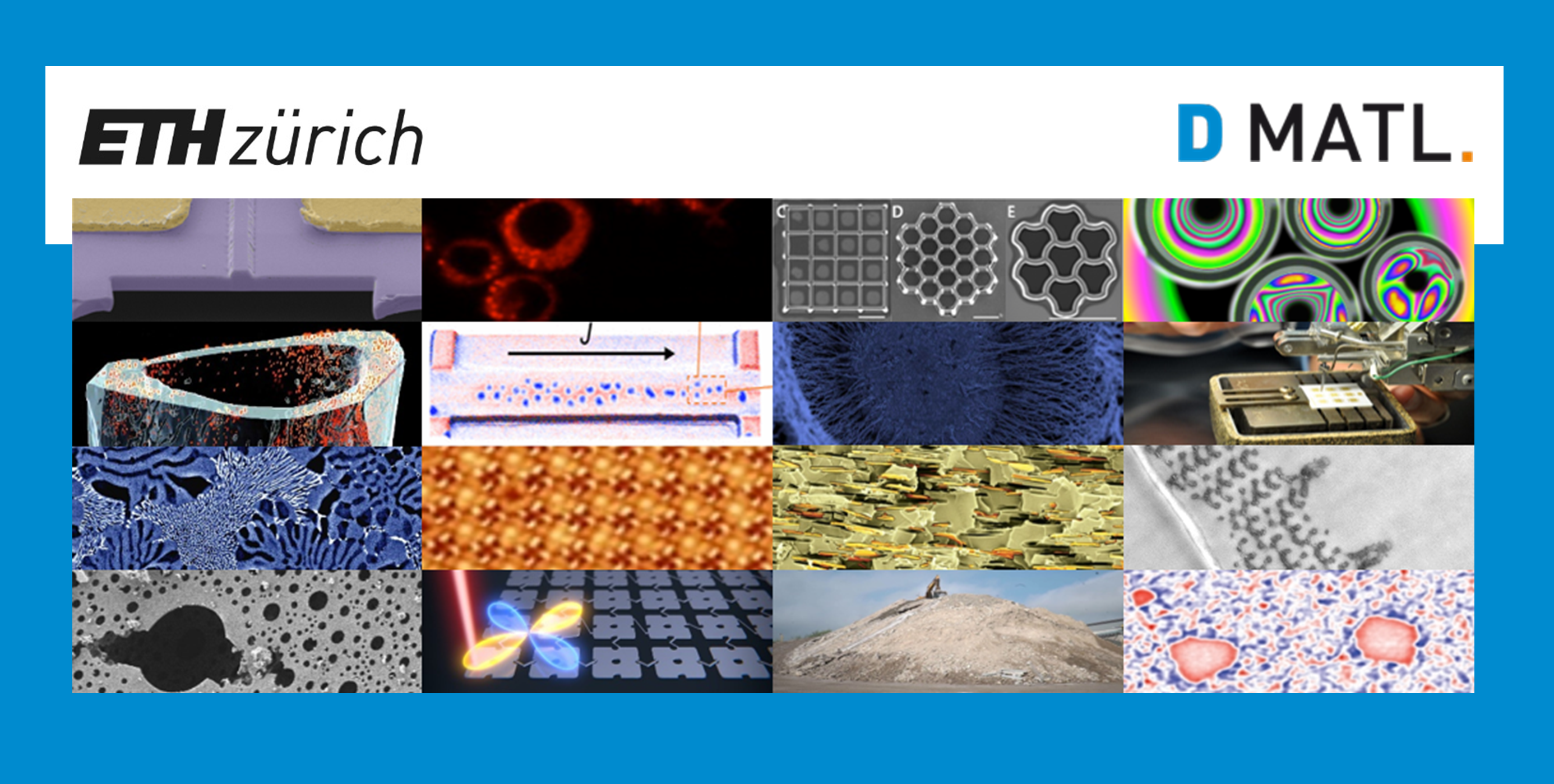Nick Jaensson (Soft Materials, D-MATL)
Emulsions and foams play an important role in many technological and biological applications. Some everyday examples include foods, cosmetics and pharmaceuticals, but they also found uses in, for example, additive manufacturing, lightweight materials and biomedical scaffolding. A crucial determining factor for the successful use of emulsions and foams is their stability, which is strongly related to the rheological properties of the gas-liquid or liquid-liquid interface, for foams and emulsions respectively. In this talk, we study the role of complex interfacial rheology in drop and bubble coalescence, which is one of the main destabilizing mechanisms. First, we use a range of experimental techniques to characterize the rheology of complex interfaces, i.e. their mechanical response to well-defined deformations. We then go one step up in complexity, and use “simple complex” flows to study the coalescence process in an accurate and controlled manner. The experimental results are compared to simulations in order to come to a complete picture of the role of complex interfacial rheology in drop and bubble coalescence, and with that the stability of foams and emulsions.
